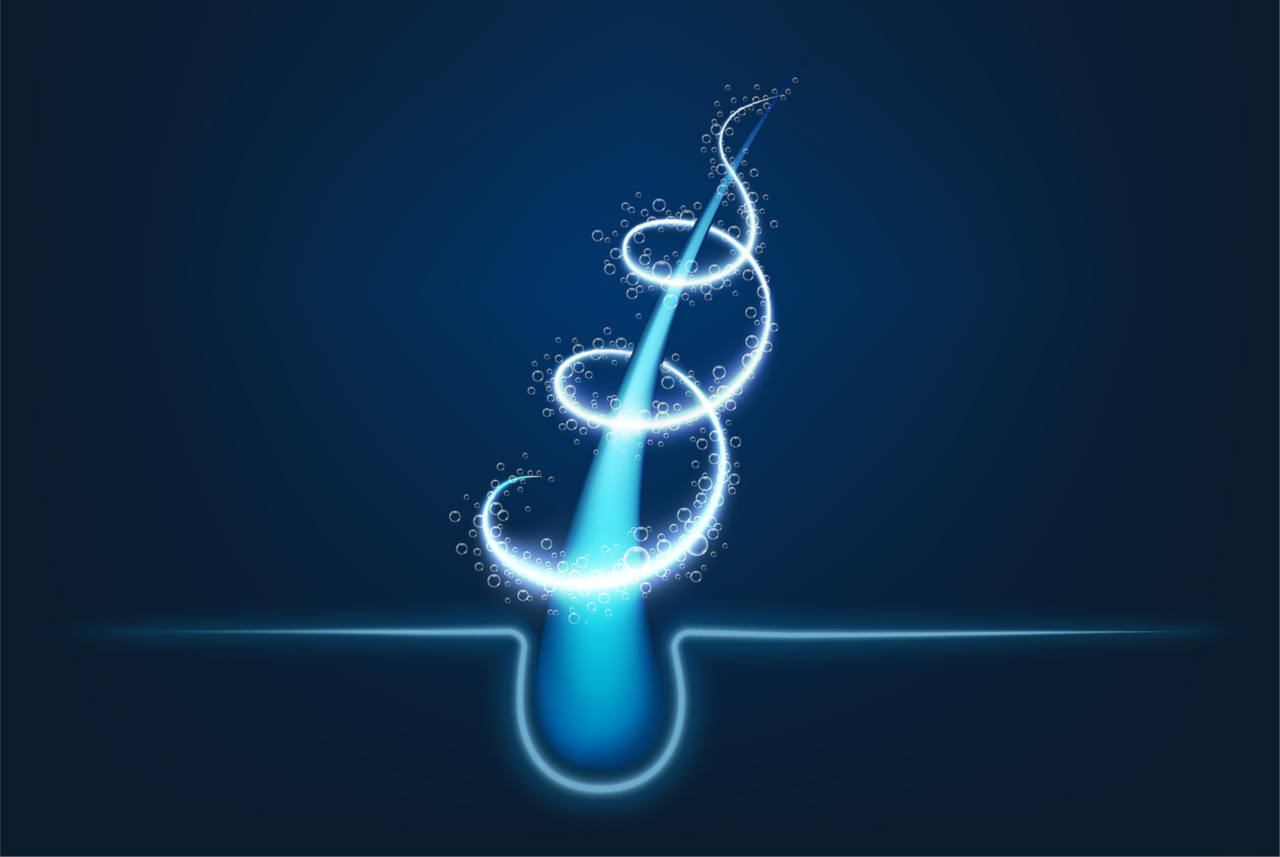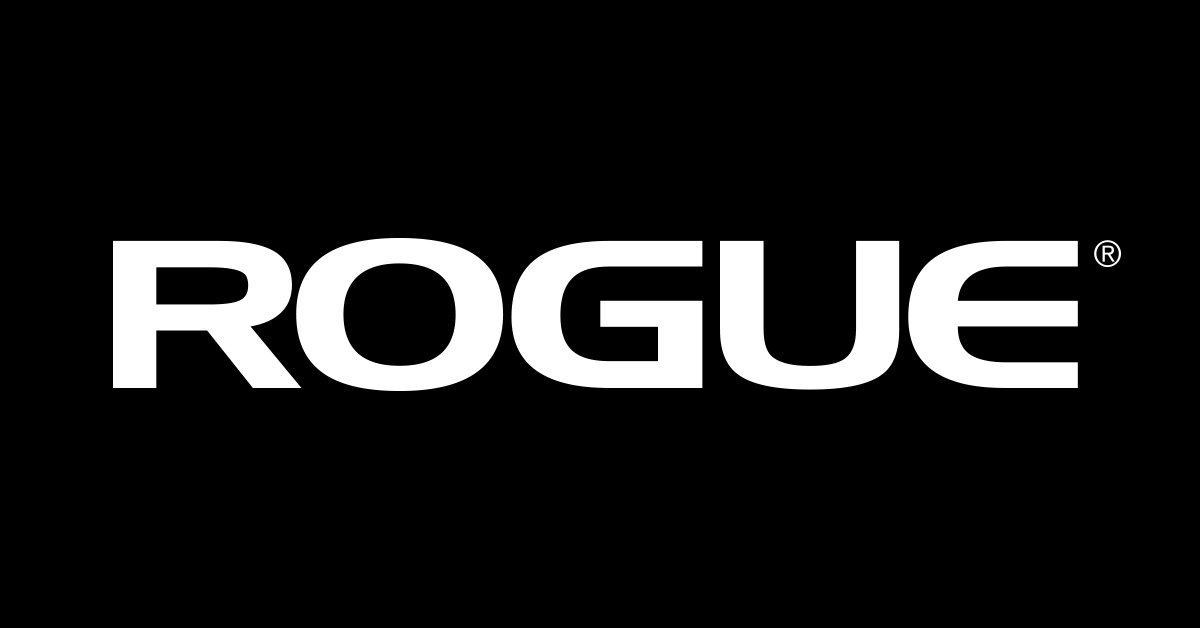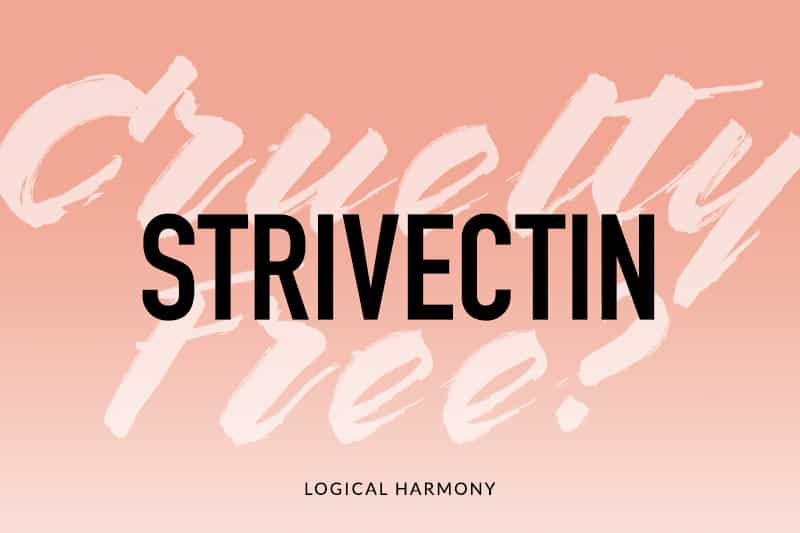Just when the sting of your sunburn fades, the peeling sets in. Your top layer of skin flakes onto your clothing day after day and begs to be pulled off.
What’s the harm, you think. It’s about to fall off anyway, right?
Dermatologist Amy Kassouf, MD, weighs in on how to deal with this final stage of a sunburn. She explains why you peel, what to do about it and why tugging on your peeling skin may do more harm than good.
Why does sunburn cause skin peeling?
Dr. Kassouf says peeling is part of your skin’s natural healing process. A sunburn damages your skin cells. Your skin becomes red and swollen, causing it to expand. As the swelling starts to go down (about three days after you get burned), your outer layer of skin — made of dead skin cells — doesn’t shrink along with your healthy skin. Instead, it eventually peels away.
“Peeling is a form of skin cell turnover,” Dr. Kassouf says. “New, fresh skin layers grow underneath, and the outer layer peels away. The worse the burn, the worse the damage to your skin. Deeper burns mean more layers of skin may peel.”
How to prevent a sunburn from peeling
It’s no secret that the easiest way to prevent peeling is to protect yourself from getting sunburned in the first place. If that ship has sailed and you’re experiencing a sunburn, peeling may be unavoidable.
“Your body moisturizes and hydrates your skin. But when the surface skin starts to separate from the skin underneath, it no longer has a source of moisturization and hydration,” Dr. Kassouf explains. “So, keeping your skin hydrated and preventing it from drying even further may help reduce the peeling or keep it from being noticeable.”
Some things you can try:
- Get out of the sun: As soon as you realize your skin is burning, seek shade, cover your skin or head indoors. Even first-degree sunburns — which only affect the top layer of skin — can peel. But you increase your risk of peeling (and increase the amount of peeling you’ll experience) if the burn worsens.
- Take cool showers and baths: Hot water can dry out your skin. Keep the temperature low when you shower, and moisturize immediately after bathing to seal in the most moisture.
- Use aloe vera: Aloe vera cools and hydrates your skin. One study shows it may even prevent cell death. Put a lot on, and don’t rub it all the way in. It will be messy, but it can keep your skin from drying out.
- Avoid petroleum- or oil-based lotions: The oil in some lotions can trap heat in your skin and make the sunburn worse in the early stages. Once you’re peeling and the heat and swelling have subsided, they can be helpful.
- Drink extra water: The goal is to keep your skin hydrated. Sunburns disrupt the barrier function of your skin, allowing fluid to evaporate away from it. You need extra moisture across the board in order to prevent dehydration. Lotion does that from outside your body, while water drinking extra water does it from inside.
Treating a peeling sunburn
If your skin is peeling, it means your skin is healing. (Yay!) But the process can take up to a week or more depending on how severe the burn is.
“Once your sunburn is healing and the swelling has gone down, it’s doubtful you’ll keep those dead skin cells,” Dr. Kassouf says. “They’ll come off one way or another, but moisturizing and protecting your skin can make it more tolerable.”
While your skin is peeling:
- Avoid irritating the skin: Wear soft fabrics and pat your skin gently with a towel after bathing instead of rubbing it. The newer skin under the peeling layer is delicate.
- Don’t exfoliate: As tempting as it is to slough off dead skin, most exfoliating products are too rough and can damage skin recovering from sunburn.
- Keep skin hydrated: Take cool baths or showers, avoid drying soaps and apply moisturizer daily to keep your skin from drying out.
- Protect your skin from the sun: The new skin that emerges when you peel is extra vulnerable to UV radiation. Stay out of the sun if possible, or keep your skin covered. Wear sunscreen daily. And be liberal when applying and reapplying sunscreen, especially if you spend a lot of time outdoors.
- Take over-the-counter pain relievers: Anti-inflammatory medicines can reduce soreness or pain at the site of the peeling.
How to a stop sunburn from peeling once it starts
There’s no tried-and-true method to halt peeling after it’s begun. But moisturizing, especially with aloe vera, may speed up the process.
“Hydrating the skin can help make the peeling less dramatic and noticeable,” Dr. Kassouf says. “As a bonus, applying moisturizer, even gently, may help the skin fall off more quickly.”
Is it bad to peel a sunburn?
Peeling a sunburn — like popping pimples — is tempting, but may do more harm than good, says Dr. Kassouf.
“The top layer of skin, even though it’s dead, protects the new skin cells beneath it,” she continues. “If you start to peel the skin before it’s ready to come off, you can expose those new cells before they’re toughened up and ready to be exposed.”
You can also peel off new cells with the dead skin, leaving yourself at risk for infection. Signs your skin may be infected include:
- Crusting or scabbing on your skin’s surface.
- Increased swelling and tenderness.
- Pus or fluid leaking from your skin.
“It’s best just to let your skin heal on its own,” she advises. “Treat it gently, and don’t force the dead skin to come off too soon.”





![[Solved] Which of the following are strong electrolytes Select all that - Chemical Principles I Mts W/Chem 110H.2 (CHEM 110) - Studocu](https://d20ohkaloyme4g.cloudfront.net/img/facebook/default-studocu.png)




